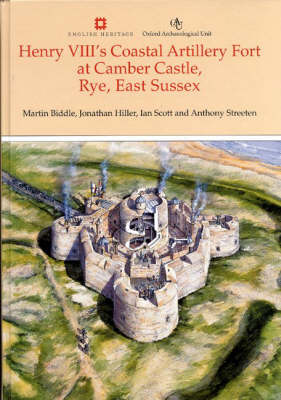Camber Castle is located on the south coast of England, a short distance from the town and Cinque Port of Rye. Largely constructed between 1539 and 1543, it was an elaborate artillery fortification that represented an important element of Henry VIII's "Device", or coastal defence network, put in place from 1539 as a response to the threat of invasion following England's breach with Rome. The castle was operational for 100 years. By the 1630s, the steady advance of the coastline had left it stranded well inland from the sea. This, combined with changes in the concept of the artillery fortification, resulted in its decommissioning in 1637. Unusually, Camber Castle was not adapted for continued use through the 18th and 19th centuries, and survives as an example of a largely unmodified Henrician artillery fort. It displays several clear and discrete phases of construction, which reflect changes in thinking about the design of fortifications. Camber Castle has seen numerous campaigns of research, survey and excavation. This volume draws together all the available evidence to provide a full and synthesised account of its history.
It includes a revised and expanded version of Martin Biddle's authoritative study, originally published in "The History of the King's Works". Full reports are also included on the artefact and animal bone assemblages, which are of considerable importance for the early post-medieval period. These include the extensive 16th- and early 17th-century assemblage of English and imported pottery, a German ceramic tile-stove, a wide range of 16th- and 17th-century military artefacts, and a significant collection of vessel glass.
- ISBN10 0904220230
- ISBN13 9780904220230
- Publish Date 1 November 2001
- Publish Status Active
- Publish Country GB
- Imprint Oxbow Books
- Format Hardcover
- Pages 374
- Language English
